Wasp larvae bento: a traditional delicacy in the Japanese mountains
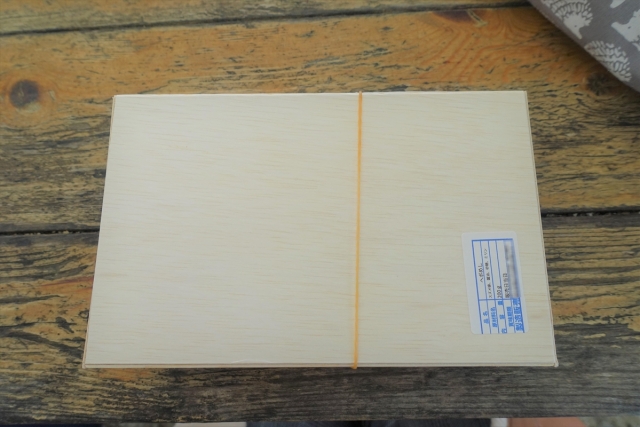
A local specialty best eaten with a side of courage.
Our Japanese-language reporter Haruka Takagi was travelling through central Japan recently when she came across an unusual sign at a roadside rest stop that read: “Hebomeshi Wasp Larva Rice“.
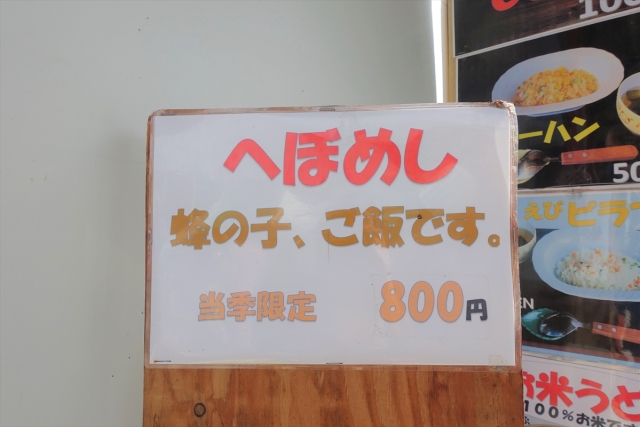
ヘボ, or “hebo”, refers to the larva of Vespula flaviceps, a wasp that kind of looks like the infamous murder hornet, but is slightly smaller and less dangerous, while めし, or “meshi” means “rice”, often a rice that has ingredients mixed through it.
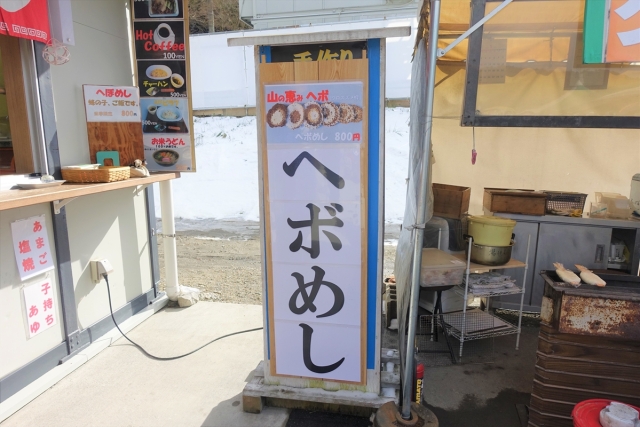
Haruka had heard about this local delicacy during her travels, where locals had insisted she try it if she had the chance. Well, this was her chance, so she decided to take it, handing over 800 yen (US$7.03) to the kind saleslady, who presented her with this bento box containing her meal.

From what Haruka had been told, hebomeshi is a local dish that’s been handed down through generations in the mountainous areas of Nagano, Gifu and Aichi prefectures. The reason why there’s a culture of eating hebo here is because it’s a valuable protein source in the mountains.
According to the Ministry of Education, Culture, Sports, Science and Technology, wasps are said to contain 16.2 grams (0.57 ounces) of protein per 100 grams, which is similar to mackerel (16.3 grams) and pork hearts (16.2 grams).
▼ Looking at the back of the bento box revealed the ingredients inside: wasps, soy sauce, sugar, mirin.
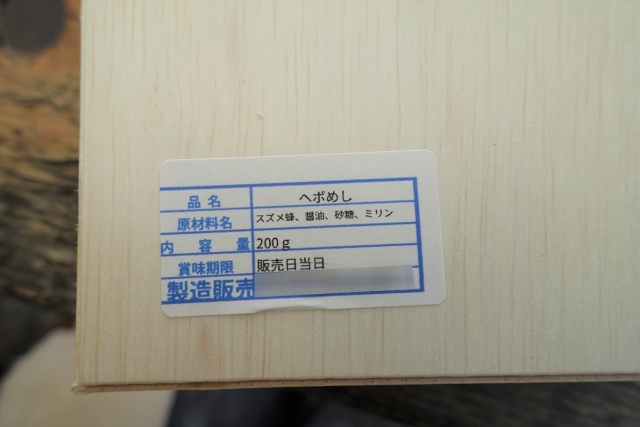
These are ingredients you don’t usually find in an everyday lunchbox, and if the sound of them makes you feel squeamish, it’s best you look away now, because things are going to become a whole lot visual…
.
.
.
.
.
…are you ready???
.
.
.
.
▼ Ta daaa!

Leaning in to take a closer look at the meal, Haruka found there were a LOT more insects in here than she’d expected.
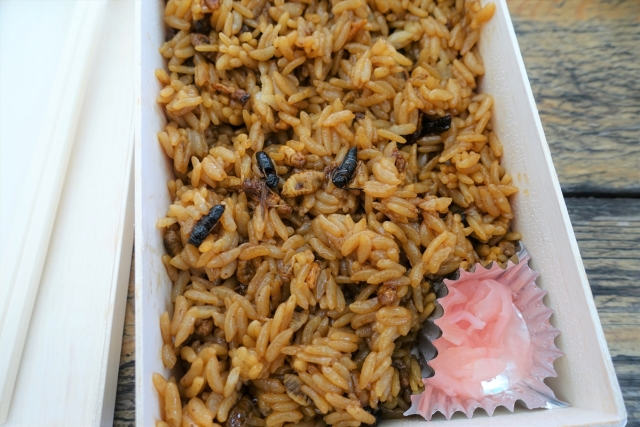
Swearing to avoid making any biased judgments, Haruka held back her desire to scream and turn her head away. This was a local specialty, and a nutritional feast that’s sustained Japanese mountain dwellers for generations, so she was determined to eat the whole thing.
▼ It didn’t just contain larvae but adult wasps too.

▼ Haruka placed her hands together and said a nervous “itadakimasu!”
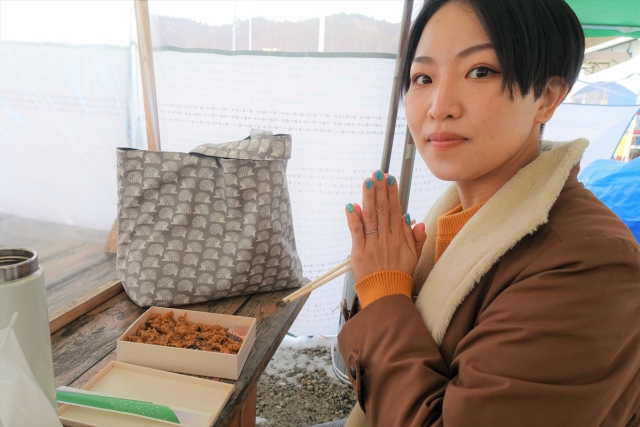
Keeping her eyes off the rice for her first bite, she found that it tasted…surprisingly delicious. The soy sauce and mirin in the rice imparted a light, sweet flavour to the meal, while the larvae popped and the adult wasps crunched between her teeth.
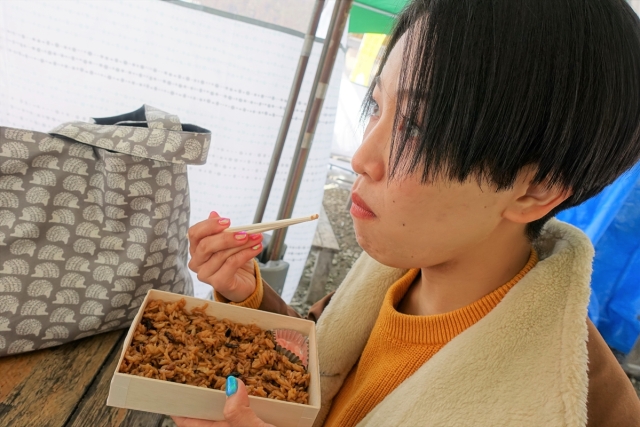
If she were to compare the insects to anything, she’d say that the larvae had a thick, creamy taste, similar to say, salmon roe. The adult wasps, on the other hand, were similar to prawns.
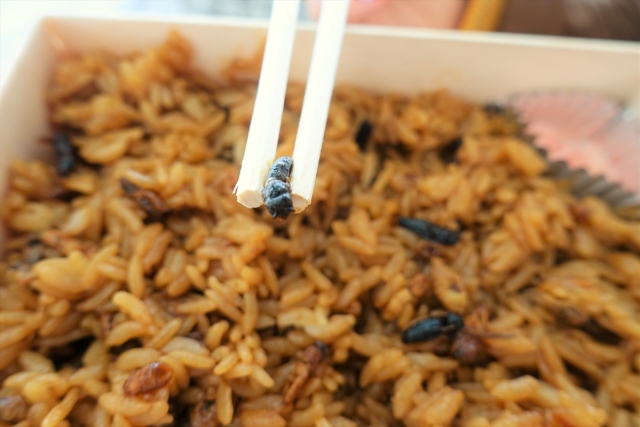
Thankfully, there was no bitter, insect-like flavour here, and if you can get over the look of insects in your rice, it’s actually a really tasty meal.
▼ The face of a woman confused by equal measures of deliciousness and discomfort in her brain.
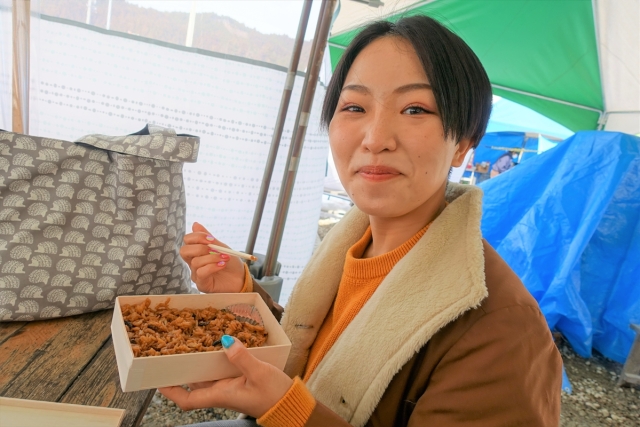
Aside from the insects, one thing that perturbed Haruka the most was the fact that she was eating this bento cold. She couldn’t help but think it would taste even better warmed up, and so she took the meal home with her and popped it into the microwave for dinner.
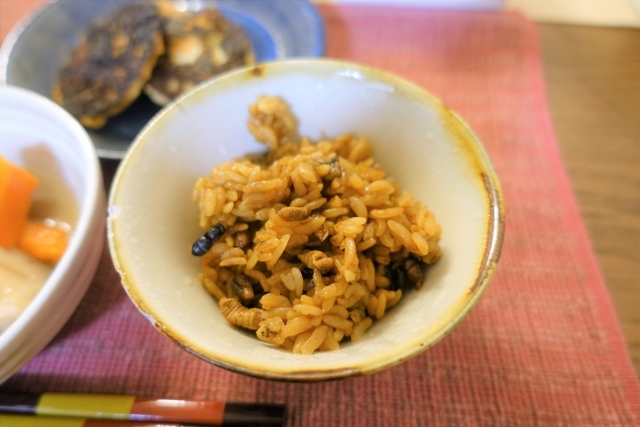
This was much, much better. The heat helped to warm and soften the skin of the larvae, making them taste even less insect-like. The rice was also more plump and flavourful, and if you were to eat it blind, you wouldn’t even know you were eating insects.
▼ Keeping your eyes away from the rice helps to dull that part of your brain telling you not to eat it.
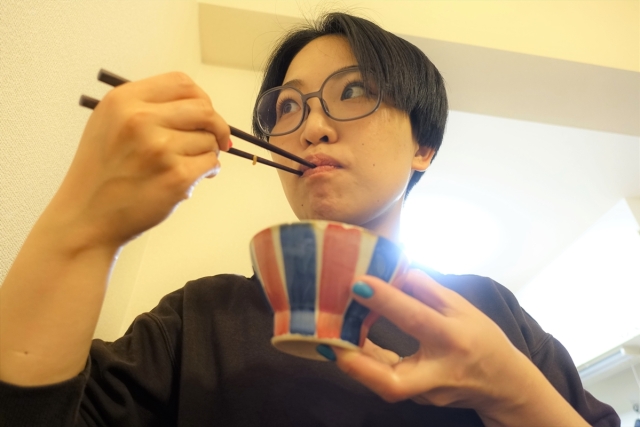
Haruka had never tried hebomeshi before, so she’s glad she was able to try it once to further her culinary knowledge of Japan. Whether she’ll try it again, well, that’s unlikely. She’d much rather return to eating sweet bean toilets and leave the insect-eating to our other reporters.
Photos ©SoraNews24
● Want to hear about SoraNews24’s latest articles as soon as they’re published? Follow us on Facebook and Twitter!
Credit:

0 comments:
Post a Comment